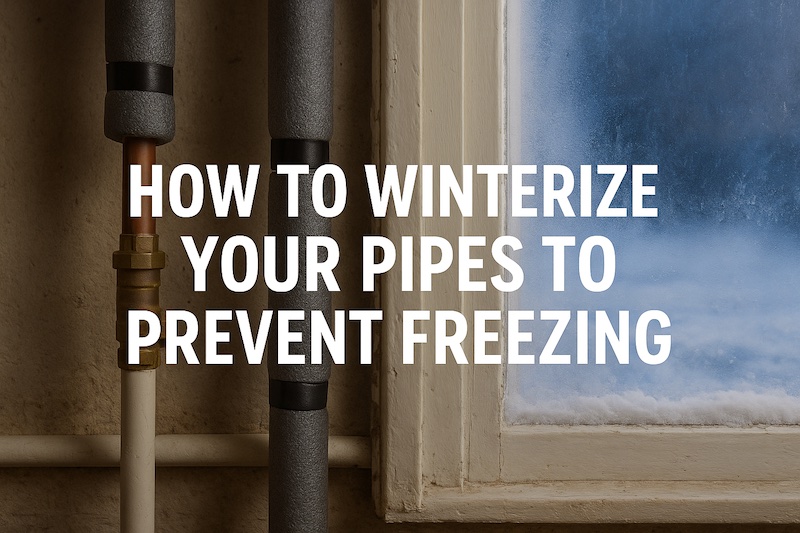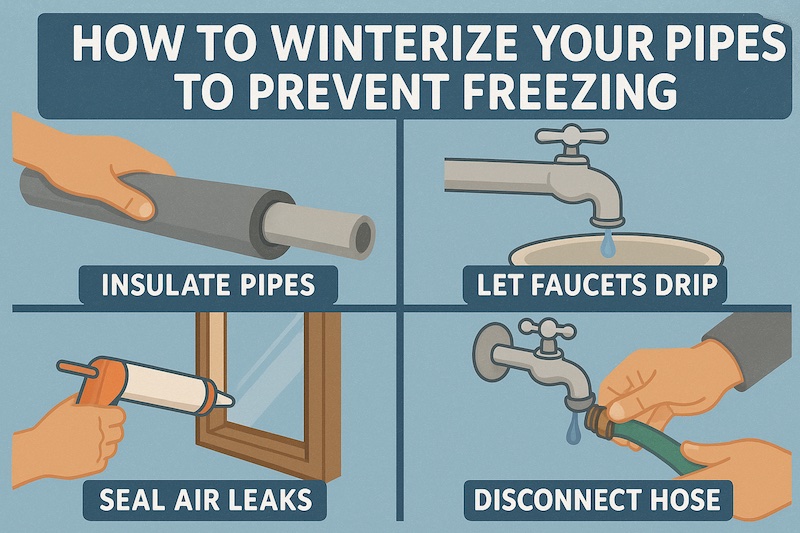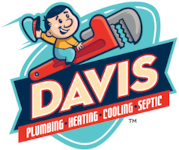How to Winterize Your Pipes to Prevent Freezing

Frozen pipes are one of the most common winter plumbing emergencies—and one of the costliest. When water inside your pipes freezes, it expands, creating enough pressure to burst pipes and flood your home. Fortunately, with a few preventative steps, you can winterize your pipes and protect your home from expensive damage.

1. Insulate Exposed Pipes
Pipes in unheated areas like basements, garages, crawl spaces, and attics are most vulnerable to freezing. Wrap them with foam pipe insulation or heat tape for an added layer of protection.
2. Seal Drafts and Gaps
Cold air seeping into your home through cracks or gaps near pipes increases freezing risk. Seal leaks around doors, windows, and walls with caulk or weatherstripping to keep warm air in and cold air out.
3. Disconnect Outdoor Hoses
Outdoor faucets and hoses are a common source of frozen pipe problems. Drain garden hoses, disconnect them, and shut off water to outdoor spigots before temperatures drop.
4. Keep Water Moving
On extremely cold nights, let a small trickle of cold water run from faucets connected to vulnerable pipes. Moving water is less likely to freeze.
5. Maintain Indoor Heat
Keep your thermostat set to at least 55°F—even when you’re away. Consistent indoor heating helps prevent pipes inside walls and cabinets from freezing.
6. Open Cabinets for Warm Air
Pipes under sinks are often located near exterior walls, where it’s colder. Open kitchen and bathroom cabinets to allow warm air from your home to circulate around them.
Why Winterizing Matters
Repairing a burst pipe can cost thousands in plumbing and water damage repairs. Taking a few preventive steps now will save you stress, money, and potential emergencies this winter.
Call a Professional for Extra Protection
If you’re unsure how to winterize your pipes or suspect your plumbing is already at risk, call a licensed plumber at (951) 657-0393. They can inspect your system and provide tailored solutions to keep your home safe all season long.
